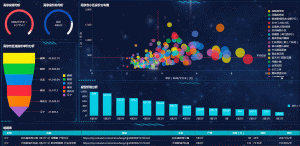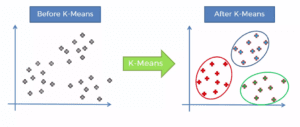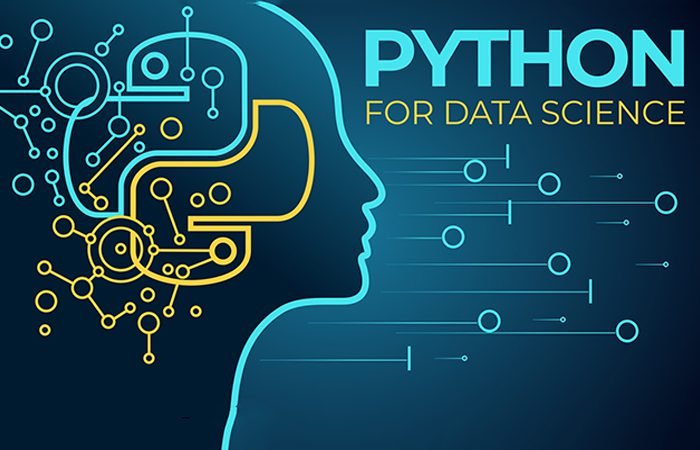A supply chain is a system of facilities and transportation channels. It coordinates the purchase of raw materials, their transformation into intermediate and completed goods, and their distribution to the end customers.
Notably, supply chain management (SCM) is the process of overseeing the flow of products and services – from sourcing raw materials to final products.
As businesses have become more globalised and competitive, the demand for supply chain management professionals has also shot up.
To become supply chain professionals, aspirants must have specific skills and relevant educational qualifications. This article will address everything you need to know about becoming a supply chain professional.
What is supply chain management?
At a fundamental level, supply chain management controls the flow of information, materials, and finance for a product or service. It takes care of everything – from purchasing raw materials to delivering the final product to its destination.
The concepts of supply chain and logistics sometimes need clarification. Logistics is a subpart of the supply chain.

SCM systems nowadays are digitally created and encompass the handling of materials and software. This happens for all parties involved in creating products and services.
Getting the material, supply chain planning, product lifecycle management, logistics, and order management are all integral steps of a supply chain.
Whether strategic or tactical, material procurement falls under the responsibility of supply chain managers. They keep the inventory under control by keeping track of material availability and when it will be used. Additionally, they plan shipping routes and merge cargo whenever feasible.
Responsibilities of a supply chain manager
A supply chain manager has a wide range of responsibilities. Some of them are listed below:
- Design the supply chain strategy for the company
- To spot problems, analyse data from shipping and delivery
- Keep an eye on logistics to make sure everything goes well
- Proper upkeep of the records and inventory
- Find reasonable solutions for supply chain problems
- Fix any issues that arise (such as delays during delivery or accidents)
- Oversee and encourage a group of supply chain employees
- Enhance the effectiveness of the supply chain overall and search for any potential process innovations
- Build connections with manufacturers, both new and old
- To achieve sustainability goals, consider the supply chain’s environmental impact
Steps to follow to become a supply chain professional
There are three ways in which you can become a supply chain professional. They are as follows:
Path 1:
- Step 1 – Complete your 10+2 level education from any recognised board
- Step 2 – Pursue a BBA degree
- Step 3 – Pursue an MBA in logistics and supply chain
Path 2:
- Step 1 – Complete your 10+2 level education from any recognised board
- Step 2 – Pursue a B.Tech or B.E.
- Step 3 – Pursue an MBA in logistics
Path 3:
- Step 1 – Complete your 10+2 level education from any recognised board
- Step 2 – Pursue a bachelor’s degree in any relevant field
- Step 3 – Get certification in supply chain management
Salary of a supply chain professional
The average salary of a supply chain manager is Rs 13.1 LPA. It ranges between Rs 4.4 LPA and Rs 25 LPA depending on your experience, position, company and workplace.
Skills necessary for a supply chain professional
To become a successful supply chain professional, you must work on your skill set and education. Here are some skills and qualities a supply chain professional must have:
-
Strong communication abilities
These professionals collaborate with several divisions in their organisation and suppliers to get a product manufactured and delivered to customers. Therefore, supply chain specialists must be effective communicators to promote collaboration and cooperation.
-
A strong moral sense
A supply chain professional, like any other business leader, must have a solid moral compass and be able to demonstrate it to peers and business partners. They must be fair to all participants in the supply chain.
-
Dedication to excellence
Customers will not do business with any company that produces inferior quality goods. A supply chain expert must hold his business to the highest standards to ensure success.
-
Time management
Every employee must be able to do tasks quickly and supply chain professionals are no exception. Anyone who works in the supply chain has a full day of commitments. Therefore, they must be skilled at balancing them all.
-
Tech expertise
The supply chain has been dramatically shaped by technology. Professionals in the supply chain must stay up-to-date on new advancements and be prepared to discuss how they could benefit the organisation.
Conclusion
A professional overseeing the entire supply chain of a company, from raw material sourcing to the final production, is known as a supply chain manager. An essential part of business success, supply chain professionals ensure the continuity of delivery pipelines to meet market demand and enhance sustainability.
To become a supply chain professional, consider enrolling in the Chief Supply Chain Management course offered by Imarticus in collaboration with IIM Raipur. The 10-month executive certificate programme incorporates live online classes and campus immersion to train professionals for senior supply chain management roles.
















